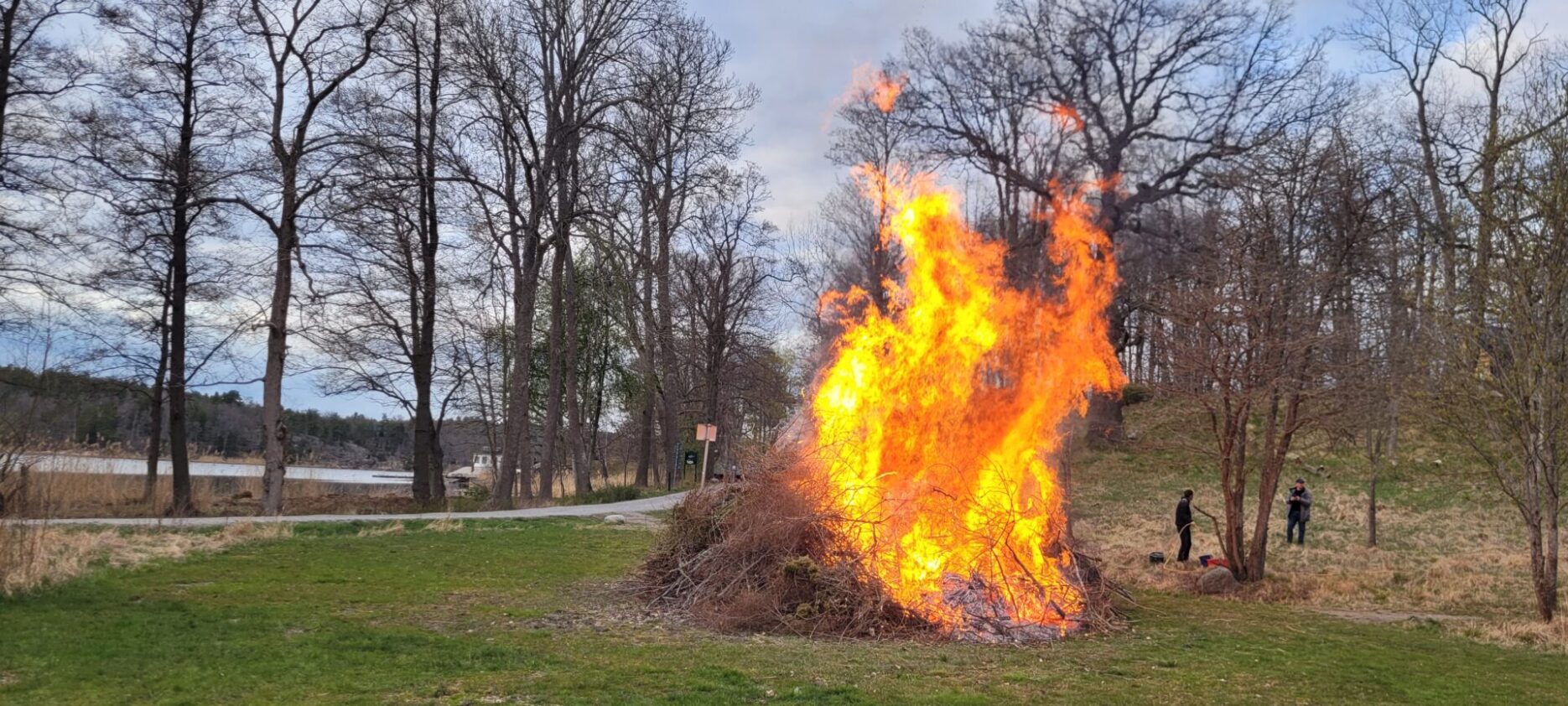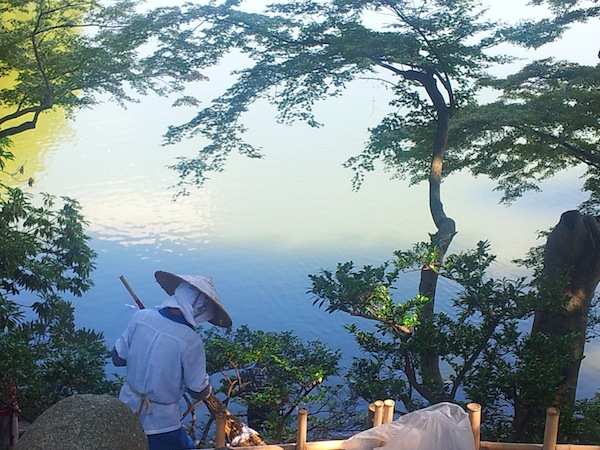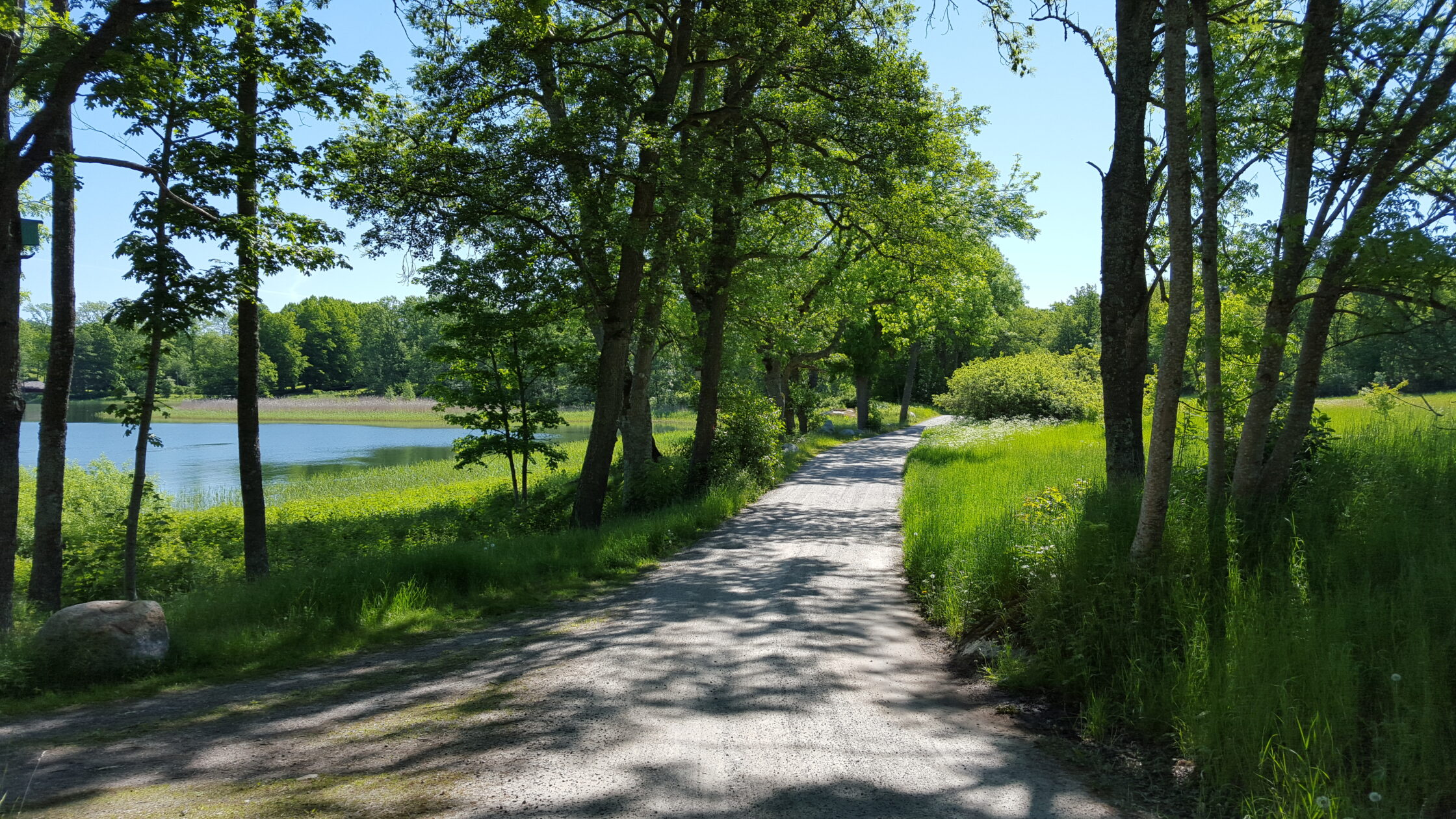Tag: Sweden
-
As always, the end comes sooner than you think.
-
Skaka loss med Daidalos 4EVA
-
10K Ultra (JK)
•
1 min read
Anyone who’s known me for longer than five minutes might want to sit down for this post. Today I ran a 10-kilometre race for the first time in my 49 years on this mortal coil. I’m now collapsed on the couch having applied a full bag of peas to my right knee, imbibed an ibuprofen-paracetamol…
-
“And Zen nothing turned itself inside out . . . ”
-
D/DN: Nu på svenska!
•
1 min read
Nu kör vi, eller hur?
-
Toxic Gulf
•
1 min read
years since the gap first appeared between the teeth of a little girl picking raspberries from her mother’s hand by the poisoned stream a toxic tale of porcelain has traced its tiny fingers round the lines on contour maps (& their bedroom walls they stick our portraits & sit up for haircuts while you look…
-
Another staycation post, on a place where I like to go for a walk but never swim.

![[d/dn]](https://i0.wp.com/daveydreamnation.com/wp-content/uploads/2024/09/oie_l521ir34eJuC.png?fit=136%2C116&ssl=1)



